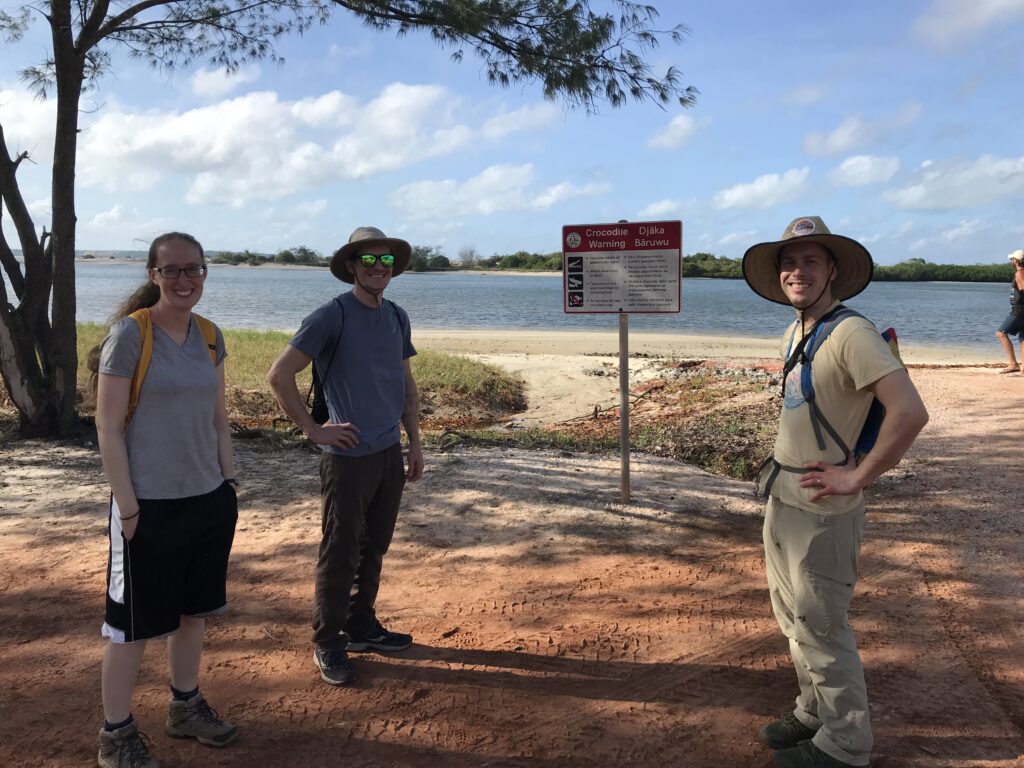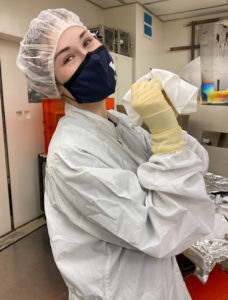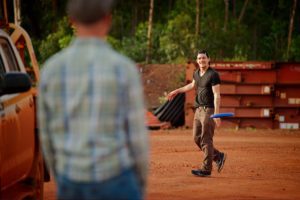Meet Patrick! Patrick is a graduate student working on the Suborbital Imaging Spectrograph for Transition-region Irradiance from Nearby Exoplanet-host stars (SISTINE) project which launched on the sounding rocket from Nhulunbuy, Australia. SISTINE looks at the Far Ultraviolet (FUV) wavelength range of stars with known exoplanets. We think we know what parameters are needed to make the habitable zone around a star, which is the spatial region where planets could potentially hold life, but we don’t know much about the behavior of other stars or the possible effects those behaviors have on said star’s planets. SISTINE does a deep study of stellar behavior in order to better predict habitability of exoplanets. This includes learning about the radiation environment the exoplanet is subject to and how that FUV spectrum could affect exoplanet atmospheres.
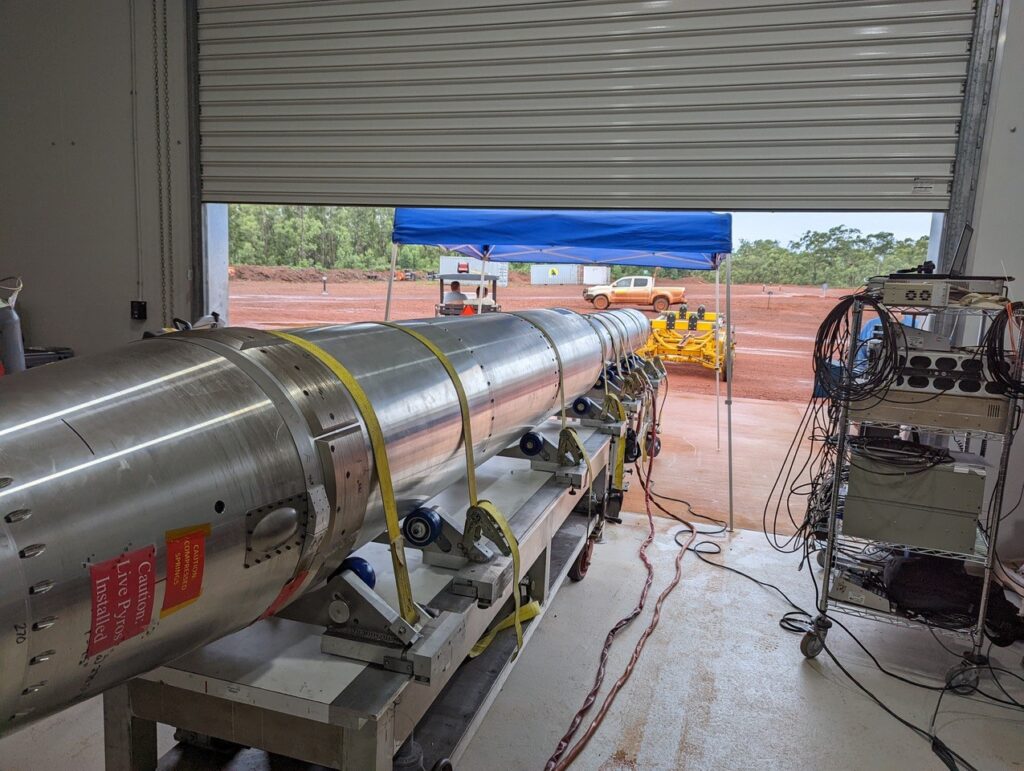
This launch in Australia is actually SISTINE’s third trip into space. Patrick provided a little history: Kevin France’s team built the payload for the sounding rocket, along with other post-doctoral students and engineers. SISTINE was assembled and tested at Wallops Flight Facility, near Goddard Space Center, which is then usually launched from the White Sands Missile Range in New Mexico . NSROC (NASA Sounding Rocket Operations Contract) ‘do the rocket part’ according to Patrick. He says NSROC is ‘essentially the sounding rocket program office contracting private companies to handle the rocket vehicle engineering and the operations of the launch’. In a nut shell, the SISTINE team provides the complete science payload (the telescope and spectrograph) while NSROC handles the launch vehicle and operations. The first launch was performed for proof of concept – which means it was done to prove that SISTINE’s sensors work as expected and worked as a test bed for advanced optics coatings. The second was to provide data for Fernando Cruz-Aguirre, another graduate student at CU. Now, Patrick is using this third launch to examine Alpha Centauri. Patrick was at the controls the night of launch and was the one to actually “fly” the rocket onto the target to make the observation in real time. No pressure!
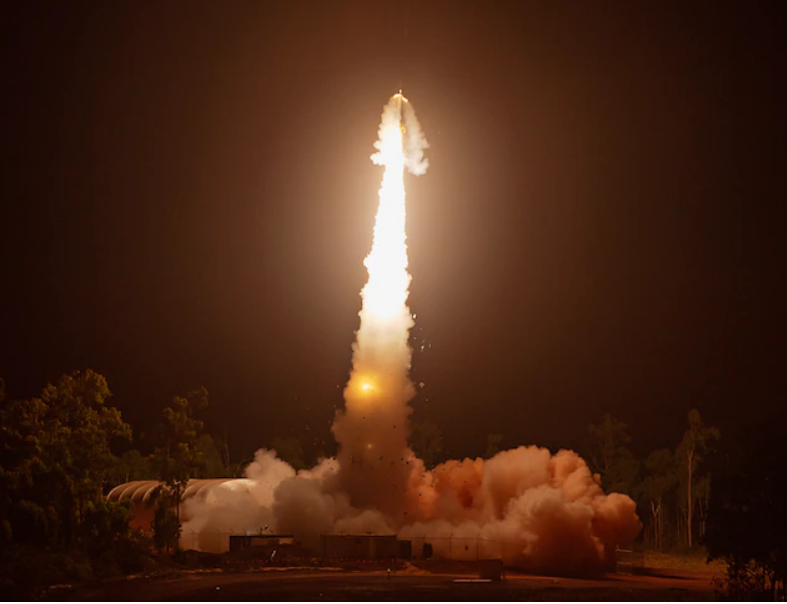
But how did Patrick even get involved on this project? He began studying Aerospace Engineering at California State Polytechnic University, Pomona. After two years, he realized Aerospace just wasn’t the right fit so he switched his major to Physics, with a minor in Astronomy, to finish out his undergraduate degree. While looking into graduate school, Patrick considered CU because he thought Colorado would be a great place to be for a while. He liked the part engineering – part science combination that Instrumentation provides, and he was sold on CU when he saw the Sounding Rocket on Kevin France’s research homepage. And here he is – launching that sounding rocket in a historic Australian launch.
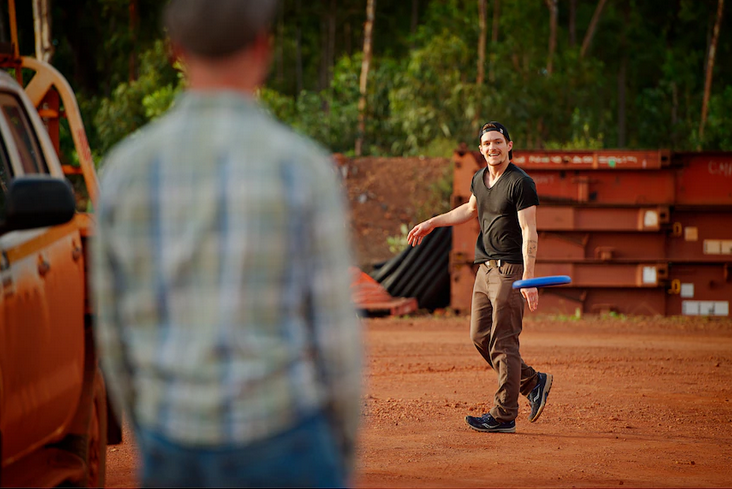
While chatting, Patrick shared his great interest in the local area around the launch site. He noted that Nhulunbuy is a mining town that mines Bauxite, an ore used in aluminum production. The town exists on indigenous land, and Patrick spoke of how thankful he and the rest of the team are to be able to use this space. He noted the tropical rainforest landscape around the town and launch site, and said they enjoyed hikes out to the beaches. But they definitely did not swim at these beaches, because saltwater crocodiles live there! They saw many wallabies and one very large black headed python. When asked how he felt about the experience as a whole, Patrick expressed deep gratitude for the opportunity. He noted how rare an experience like this is, and said he couldn’t say he had a favorite part of the trip, because he loved every aspect.
